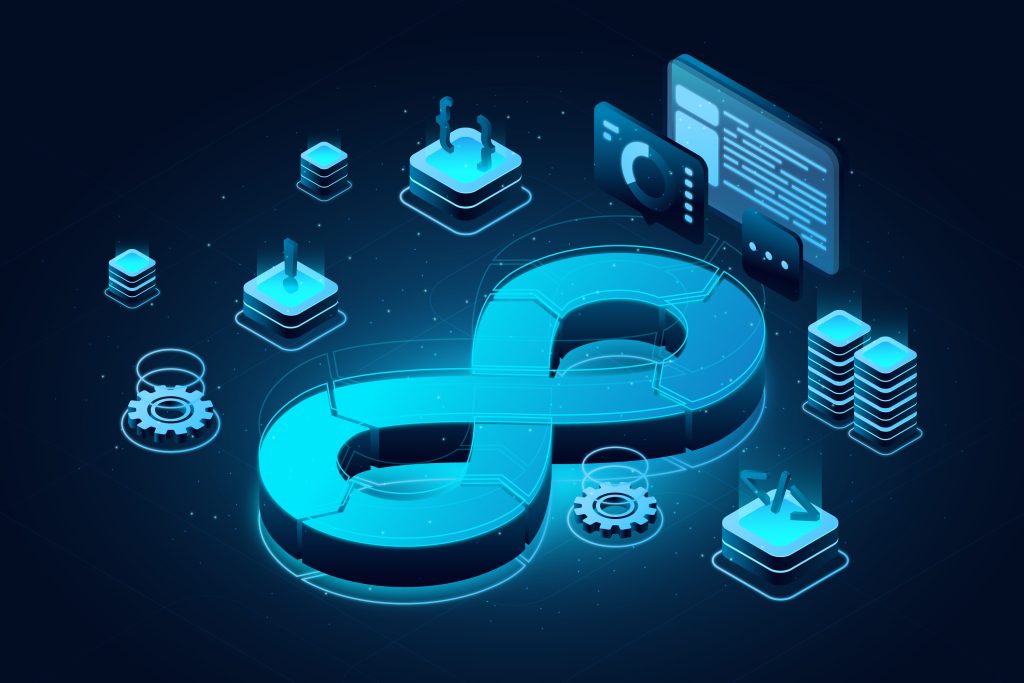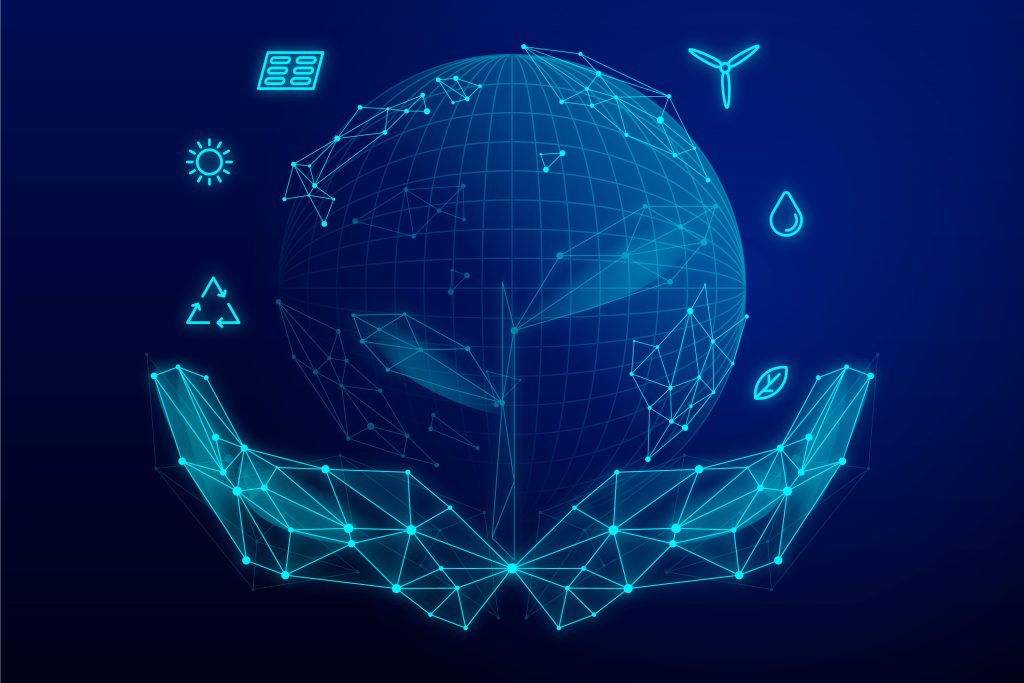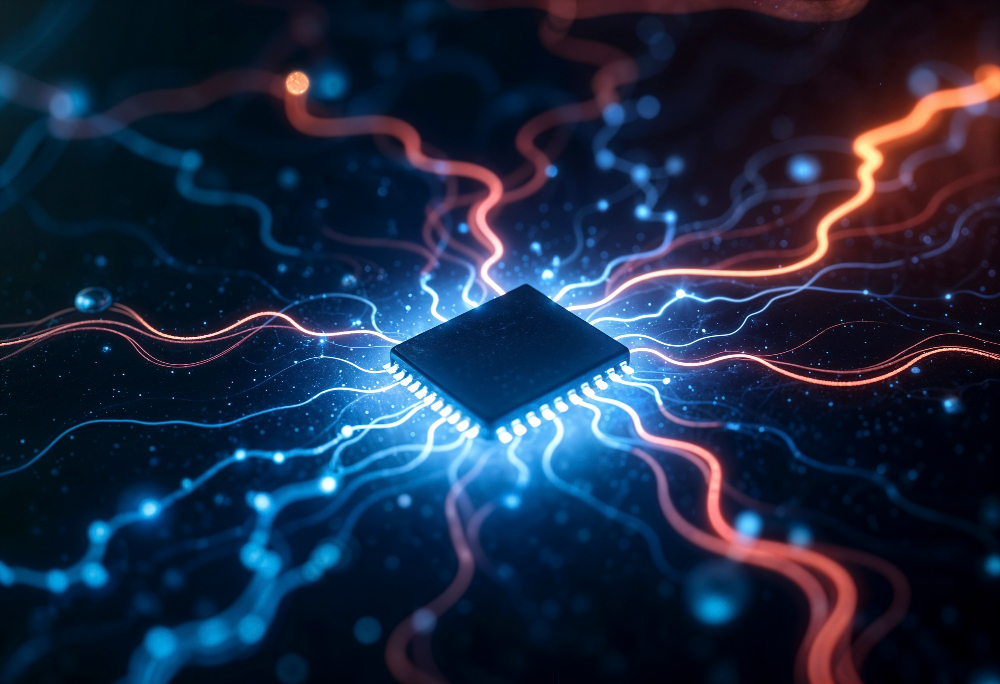Introduction
In an increasingly connected world, the volume of data generated by devices, sensors, and applications is growing exponentially. Traditional cloud computing, while powerful, sometimes struggles with latency and bandwidth limitations for real-time data processing. Edge computing emerges as a crucial paradigm, bringing computation closer to the data source to enable faster, more efficient processing. This blog explores what edge computing is, its benefits, challenges, and how it’s shaping the future of technology.
What is Edge Computing?
Edge computing refers to the practice of processing data near the source of data generation rather than sending it to centralized cloud data centers. This approach reduces latency, conserves bandwidth, and enhances responsiveness, especially critical for applications requiring real-time or near real-time processing.
Why Edge Computing Matters
- Latency Reduction: By processing data locally or at nearby edge servers, edge computing minimizes the delay between data generation and response.
- Bandwidth Optimization: Less raw data is transmitted to central servers, easing network congestion and lowering costs.
- Enhanced Security: Localized data processing can reduce exposure to cyber threats during transmission.
- Improved Reliability: Edge nodes can continue to operate even when connectivity to the central cloud is intermittent.
Key Components of Edge Computing
- Edge Devices: Sensors, smartphones, IoT devices, and other hardware that generate data.
- Edge Nodes: Local servers or micro data centers positioned close to data sources.
- Edge Gateways: Devices that manage data flow between edge devices and cloud or data centers.
- Cloud Integration: Centralized cloud infrastructure for aggregation, analytics, and long-term storage.
Applications of Edge Computing
1. Internet of Things (IoT)
IoT devices in smart homes, cities, and industries generate vast amounts of data requiring real-time processing. Edge computing supports quick decision-making, such as traffic signal adjustments or industrial equipment monitoring.
2. Autonomous Vehicles
Self-driving cars require instantaneous data processing from sensors and cameras to navigate safely. Edge computing reduces latency critical for split-second decisions.
3. Healthcare
Remote patient monitoring and medical devices benefit from edge computing by providing immediate alerts and reducing dependence on constant cloud connectivity.
4. Industrial Automation
Manufacturing plants use edge computing to monitor machinery and processes in real-time, improving efficiency and predictive maintenance.
5. Content Delivery
Edge servers cache frequently accessed data closer to users, enhancing streaming and reducing buffering times for video and gaming platforms.
Benefits of Edge Computing
- Faster Data Processing: Enables near real-time analytics and response.
- Reduced Network Traffic: Limits the volume of data sent to central data centers.
- Scalability: Distributes computing across many nodes rather than relying on a single cloud.
- Improved Data Privacy: Keeps sensitive data locally where necessary.
Challenges of Edge Computing
- Security Risks: Edge devices may be more vulnerable due to physical exposure and distributed nature.
- Management Complexity: Coordinating multiple edge nodes and ensuring software consistency is challenging.
- Resource Limitations: Edge nodes typically have less computing power compared to centralized clouds.
- Integration with Cloud: Seamless data synchronization and management between edge and cloud are critical.
Future Trends in Edge Computing
- Integration with 5G: The rollout of 5G networks boosts edge computing by providing high-speed, low-latency connectivity.
- AI at the Edge: Deploying AI models on edge devices for smarter, autonomous decision-making.
- Edge-as-a-Service: Cloud providers offering managed edge computing platforms.
- Increased Standardization: Development of frameworks and protocols to simplify edge deployment and interoperability.
Conclusion
Edge computing complements cloud computing by addressing the need for rapid, localized data processing, especially important for IoT, autonomous systems, and real-time applications. Despite challenges, advancements in connectivity and hardware are accelerating edge adoption. As digital transformation continues, edge computing will play a pivotal role in delivering responsive, efficient, and secure technology solutions.














